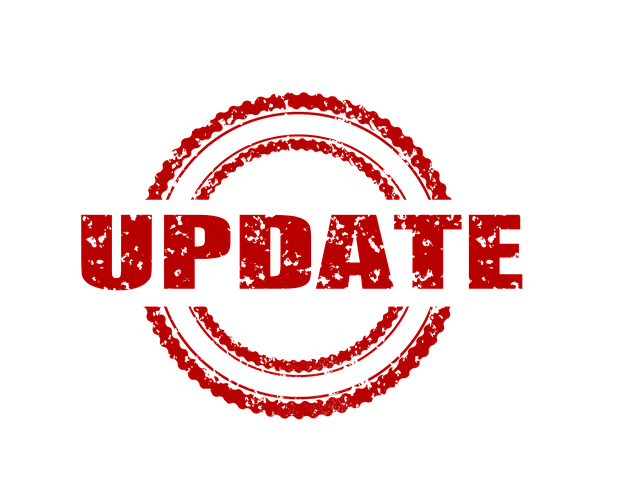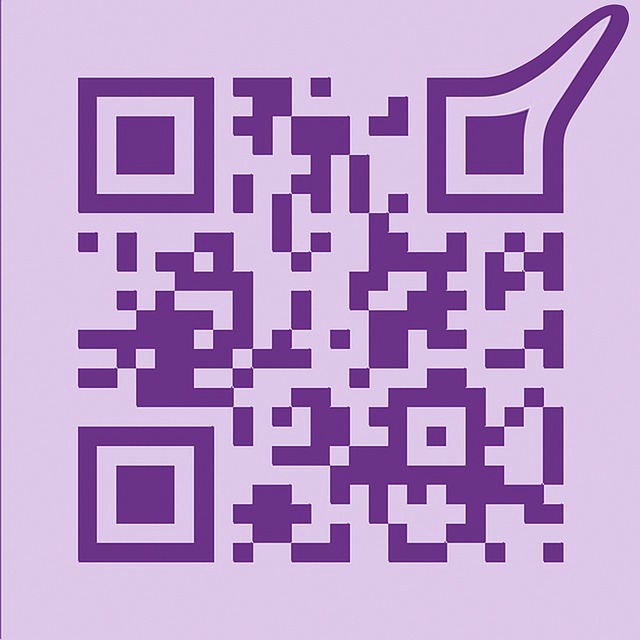Over-the-Air (OTA) updates revolutionize software installation by enabling the seamless delivery of new versions, security patches, and enhancements directly to compatible devices. This technology, demonstrated by Directv Genie Box updates, enhances user experiences with improved streaming quality, new channels, and issue fixes. Selecting OTA updates ensures devices stay current, fostering optimal entertainment experiences for viewers in remote environments where manual management is logistically challenging. For service providers like Directv, this method maintains customer satisfaction and device performance, making it a crucial tool for efficient, cost-effective, and reliable remote software installation across vast territories.
Remote software installation via Over-the-Air (OTA) updates is transforming IT management. This article delves into the world of OTA updates, exploring their potential and practical applications in remote environments. We’ll discuss the benefits, from enhanced efficiency to improved device compatibility, and outline best practices for secure implementation.
Understanding OTA updates is crucial for modern businesses aiming to streamline software deployment while ensuring robust security measures.
- Understanding Over-the-Air Updates for Software Installation
- Benefits of Implementing OTA Updates in Remote Environments
- Best Practices and Security Considerations for Remote Software Installation
Understanding Over-the-Air Updates for Software Installation

Over-the-Air (OTA) updates for software installation are a revolutionary way to keep devices up-to-date without any physical interaction or manual effort required. This technology allows for the seamless delivery of new software versions, security patches, and periodic over-the-air enhancements directly to compatible devices. By enabling OTA updates, manufacturers ensure that users receive the latest features and bug fixes promptly, enhancing the overall user experience.
For example, in the case of Directv Genie Box updates, OTA firmware updates play a crucial role in maintaining the functionality and performance of these set-top boxes. These direct over-the-air updates help improve streaming quality, introduce new channels, and fix any potential issues, ensuring viewers enjoy a top-notch entertainment experience without any disruptions.
Benefits of Implementing OTA Updates in Remote Environments

Implementing Over-the-Air (OTA) Updates offers numerous advantages in remote environments where managing hardware and software can be a logistical challenge. With OTA updates, devices can receive new features, bug fixes, and security patches remotely, eliminating the need for on-site visits or complex manual update processes. This is particularly beneficial for remote teams, field workers, or areas with limited internet connectivity, ensuring they always have access to the latest software versions without disrupting their work flow.
For service providers like Directv, OTA updates play a crucial role in maintaining customer satisfaction and device performance. For instance, Genie Box updates enable live TV viewers to enjoy enhanced features, improved stability, and bug fixes, enhancing their overall experience. By leveraging OTA updates, remote software installation becomes more efficient, cost-effective, and reliable, ensuring that devices across vast territories stay up-to-date and secure.
Best Practices and Security Considerations for Remote Software Installation

When implementing remote software installation, or Over-the-Air (OTA) updates, best practices and robust security measures are paramount to ensure a smooth and secure process for both users and device manufacturers. This approach, particularly popular with smart TVs and other IoT devices, allows for efficient and hands-free distribution of software refreshes, directly broadcasting updates to compatible devices.
To maintain a safe environment, it’s crucial to employ encryption protocols to safeguard the update data during transmission, prevent unauthorized access, and ensure that only authentic devices receive and install the updates. Regular security audits and patch management are essential to address vulnerabilities promptly. Additionally, providing users with clear communication about the OTA update process, including its benefits and potential disruptions, fosters trust and ensures a positive user experience.
Remote software installation, facilitated by Over-the-Air (OTA) updates, offers significant advantages in modern digital environments. By adopting OTA updates, organizations can streamline deployment processes, enhance efficiency, and improve user experiences. However, it’s crucial to balance these benefits with robust security measures, ensuring data integrity and privacy during remote installations. Following best practices, such as regular patching and secure communication protocols, is essential for a successful and safe implementation of OTA updates in remote settings.
